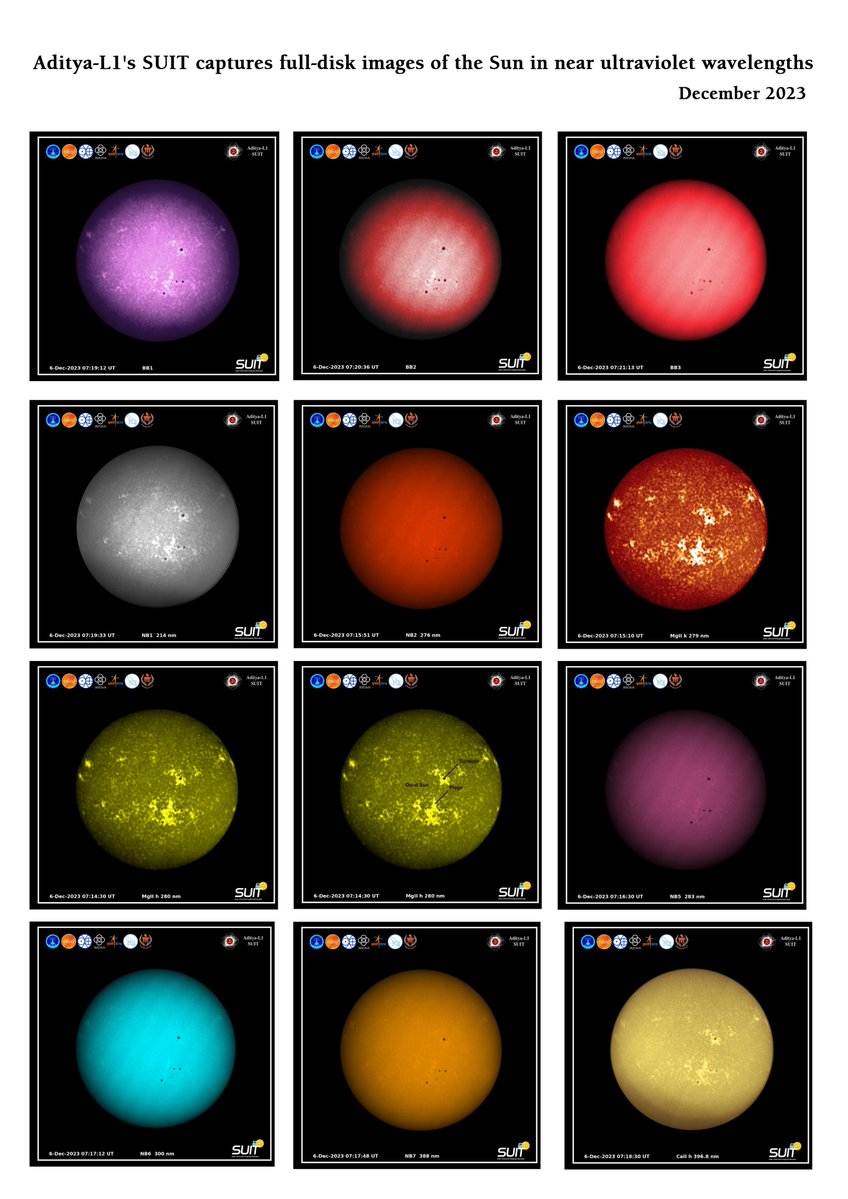Indian Space Research Organization (ISRO) Chairman S. Somanath revealed on Saturday that India’s first solar mission, Aditya-L1, will be successfully positioned at the Lagrange point (L1) on January 6, 2024. The exact launch time, however, is yet to be determined.
Somanath, during his participation in the 7th National Conference organized by the Student Parliament, shared this crucial information. He highlighted that following the successful soft landing of Chandrayaan-3 near the lunar south pole, ISRO launched the Aditya-L1 mission from the Satish Dhawan Space Centre in Sriharikota on September 2. The spacecraft is now nearing its successful landing.
Aditya-L1 carries two state-of-the-art instruments, SWIS and STEPS, which have recently commenced their operations.
Recently, ISRO reported that the Solar Wind Ion Spectrometer (SWIS) and the Supra Thermal and Energetic Particle Spectrometer (STEPS) started their operations. SWIS became active on November 2, 2023, while STEPS began functioning on September 10, 2023, demonstrating full capacity and efficiency.
ISRO stated that Aditya-L1’s payload, Aditya Solar Wind Particle Experiment (ASPEX), is functioning as expected. The instruments, including the Solar Wind Analyzer Spectrometer (SWIS) and STEPS, are contributing to measuring solar winds and energy variations. STEPS, activated on September 10, is working seamlessly, while SWIS, activated on November 2, is operating with full capacity and precision.
According to ISRO, ASPEX has initiated the measurement of solar winds’ ions. Notably, on October 29, 2023, the spectrometers on Aditya-L1 recorded the first solar eruptions.
Aditya-L1 will investigate the causes of solar eruptions and their impact. These sudden events generate energy in various forms across the electromagnetic spectrum, affecting radio, optical, UV, soft X-ray, hard X-ray, and gamma-ray wavelengths.
ISRO clarified in its statement that Aditya-L1 will neither land on the Sun nor approach too close. Positioned at the Lagrange point, it will continuously observe the Sun without hindrance, aiding scientists in real-time analysis of solar activities and their effects on space weather. The spacecraft will play a crucial role in identifying processes that lead to solar flares.
The Aditya-L1 mission marks a significant milestone for India’s space exploration, contributing valuable insights into solar phenomena and advancing our understanding of space weather.














